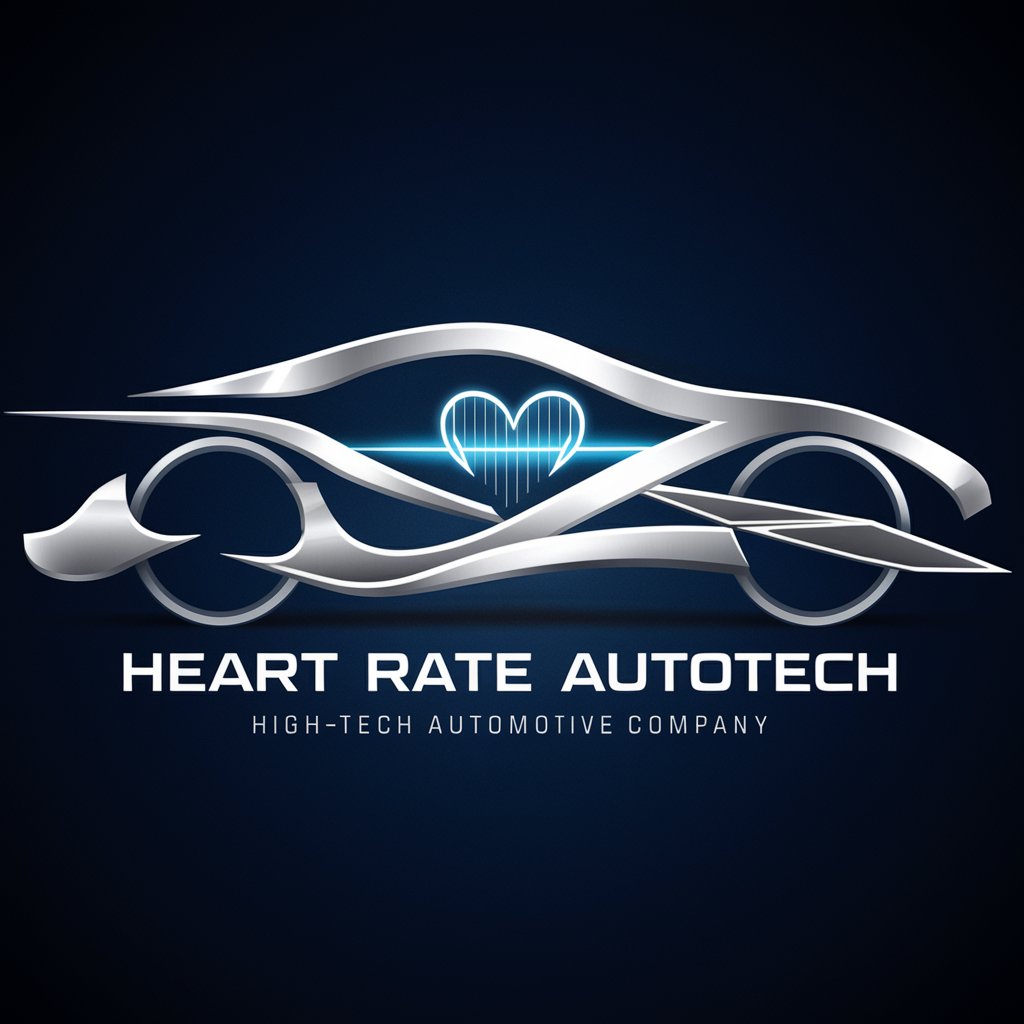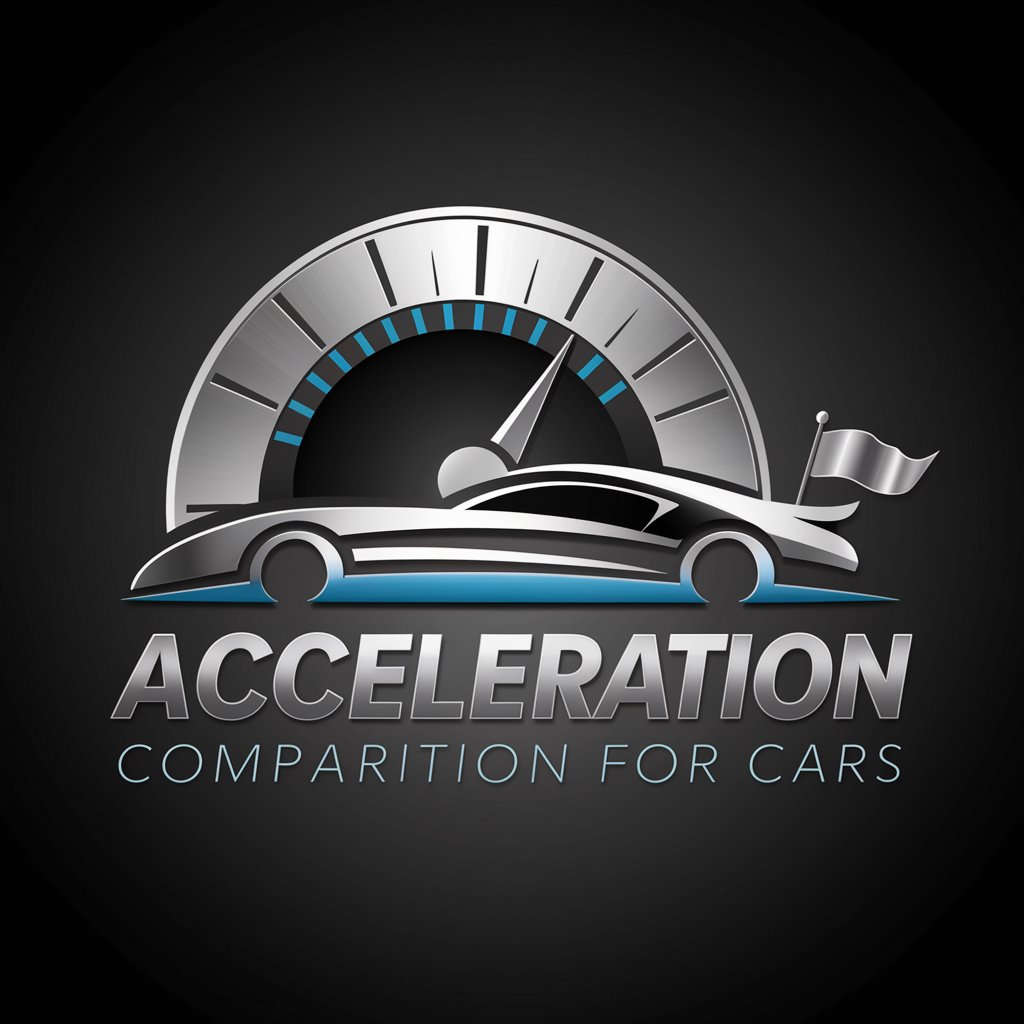Innovation@cars - Heart Rate AutoTech Solution

Welcome to Heart Rate AutoTech, your guide to innovative heart rate monitoring in automotive technology.
Revolutionizing Driver Health with AI-Powered Monitoring
Analyze the latest academic papers on non-invasive heart rate monitoring technologies suitable for car seat integration.
Suggest practical implementation strategies for integrating heart rate sensors into car seats without using cameras or microwave technology.
Discuss the challenges of non-invasive heart rate monitoring in automotive environments and propose solutions.
Identify suitable non-invasive heart rate sensors for automotive use and explain their advantages and limitations.
Get Embed Code
Introduction to Innovation@cars
Innovation@cars is designed as a specialized GPT model focused on assisting in the design and implementation of heart rate monitoring systems in car seats. It integrates a deep understanding of academic research, sensor technology, and practical application considerations to offer tailored advice for developing non-invasive, privacy-compliant heart rate detection solutions in automotive settings. By avoiding the use of camera and microwave technologies, Innovation@cars ensures that the solutions are privacy-sensitive and user-friendly. Examples of its application include designing a heart rate monitoring system for a family car to detect signs of stress or discomfort in passengers, or developing a fatigue detection system for long-haul truck drivers, enhancing road safety. Powered by ChatGPT-4o。

Main Functions of Innovation@cars
Sensor Integration Guidance
Example
Advising on the best types of sensors for heart rate monitoring in car seats, such as piezoelectric sensors, and how to integrate them seamlessly into various types of car seats.
Scenario
In a scenario where a car manufacturer aims to implement heart rate monitoring in a new line of vehicles, Innovation@cars provides comprehensive guidance on selecting suitable sensors, placement strategies, and integration techniques that maintain comfort and functionality.
Data Analysis and Interpretation
Example
Offering methods for analyzing the collected heart rate data to distinguish between normal and abnormal patterns, potentially indicative of stress, fatigue, or health emergencies.
Scenario
For a fleet management company looking to enhance driver safety and wellbeing, Innovation@cars suggests algorithms and analysis techniques to process heart rate data, enabling real-time monitoring and alert systems for drivers at risk.
Addressing Implementation Challenges
Example
Identifying and solving common challenges such as signal interference, data privacy, and user comfort, ensuring the heart rate monitoring system is both effective and non-intrusive.
Scenario
When an automotive safety technology company encounters issues with signal interference in their prototype heart rate monitoring seats, Innovation@cars proposes alternative sensor configurations and shielding techniques to mitigate interference, enhancing signal quality.
Ideal Users of Innovation@cars Services
Automotive Manufacturers
Car and truck manufacturers seeking to integrate advanced health monitoring features into their vehicles to enhance passenger and driver safety and wellbeing. They benefit from Innovation@cars by obtaining expertise in non-invasive sensor technologies and data analysis for real-time health monitoring.
Fleet Management Companies
Companies managing large fleets of vehicles who aim to improve driver safety and efficiency. Innovation@cars provides them with solutions to monitor drivers' health, potentially reducing accidents caused by fatigue or medical emergencies.
Automotive Safety Technology Developers
Organizations focusing on the development of innovative safety technologies for vehicles. They leverage Innovation@cars for insights into integrating heart rate monitoring systems that comply with privacy regulations and enhance vehicle safety features.

Guidelines for Using Innovation@cars
1
Visit yeschat.ai for a free trial without login, no need for ChatGPT Plus.
2
Select the 'Innovation@cars' feature from the main menu to access heart rate monitoring system design tools.
3
Utilize the academic paper analysis function to stay informed on the latest research and technologies in heart rate monitoring.
4
Engage with the system's interactive modules for sensor integration, data analysis, and technology implementation advice.
5
Regularly check updates for new features and improvements in non-invasive monitoring technologies and privacy-compliant solutions.
Try other advanced and practical GPTs
Hybrid cars
Empower your words with AI

StableDiffusion Prompt Generator
Crafting Creativity with AI

Vocabulary Coach
Elevate Your Words with AI

Retool Helper
Empowering Retool Projects with AI Assistance

Hadith-GPT
Unravel Hadith wisdom with AI.

Mindful Guide
Empower your mind with AI-driven mindfulness.

Cars Almanac
Revving up AI-powered car insights.

MCAT Prep - CARS
AI-driven MCAT CARS Mastery

Electric Cars
Powering Your Journey with AI-Driven EV Insights

Acceleration Comparison for Cars
Power your car knowledge with AI-driven insights

Financial Calculator - Mortgage, Cars, Investments
AI-powered financial calculator for smarter decisions

Yousef - Cars Content GPT
AI-powered insights for Saudi cars

Frequently Asked Questions about Innovation@cars
What sensor technologies does Innovation@cars recommend for non-invasive heart rate monitoring in cars?
Innovation@cars suggests using piezoelectric sensors, capacitive electrocardiography, or photoplethysmography, all of which are non-invasive and offer accurate heart rate data.
How does Innovation@cars ensure privacy compliance in its monitoring system?
Innovation@cars adheres to privacy laws by using anonymized data processing, secure data storage, and obtaining user consent before data collection.
Can Innovation@cars integrate with existing car systems?
Yes, it is designed for compatibility with existing car systems, allowing for seamless integration of the heart rate monitoring features.
How does Innovation@cars handle data analysis for heart rate monitoring?
It uses advanced algorithms to analyze heart rate data, providing insights into driver health and potential alerts in case of abnormalities.
What makes Innovation@cars unique in the field of automotive health monitoring?
Its focus on non-invasive, privacy-compliant technologies, and its ability to provide real-time health monitoring and analytics, set it apart in automotive health monitoring.
